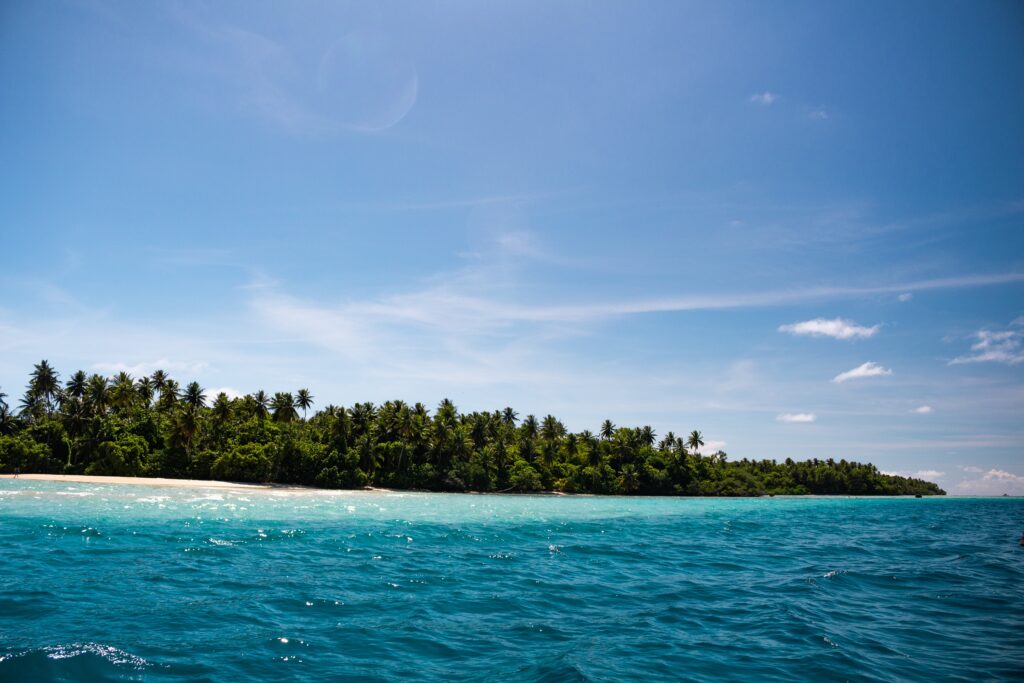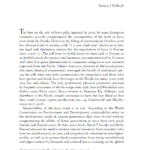A summary of “The Sacred Root: Sakau (Kava) en Pohnpei” By Michael Balick & Robert Lee

Citation:
Balick, Michael J & Lee, Robert A. 2009. “The Sacred Root.” In Ethnobotany of Pohnpei, 165–203. University of Hawaii Press. https://doi.org/10.1515/9780824837495-008
Quick Excerpt:
Kava, a root native to the Pacific Islands, has a complex role in traditional ceremonies and modern medicine alike. Preliminary studies suggest no significant correlation between heavy use and hepatotoxicity, challenging the notion that kava is harmful to the liver.
Full Summary:
Introduction
Kava, scientifically known as Piper methysticum, is a plant that has captivated the attention of both cultural anthropologists and medical researchers. Originating from the Pacific Islands, this cultural keystone species is deeply embedded in the traditions and ceremonies of the local communities. However, beyond its cultural significance, it has also been a subject of scientific studies, particularly focusing on its potential health benefits and risks. This article aims to provide a comprehensive overview of kava, exploring its cultural, medicinal, and controversial aspects.
Cultural Significance
In the Pacific Islands, particularly in places like Pohnpei, kava is not just a plant; it’s a cultural cornerstone. Known locally as Rahmwahnger, this cultivar is used in about 95% of all traditional ceremonies and social gatherings. The plant is often prepared as a beverage, which is consumed to foster social bonds and mark significant life events. But the importance goes beyond its physical attributes. It extends to what is termed as its “intentionality,” a concept that refers to the message that the presentation of kava conveys to the people involved. This unique form of communication makes the plant an integral part of the social fabric in these communities.
Medical Research
Kava has been the subject of numerous scientific studies that have explored its effects on the human body. Research has been conducted on its potential for treating anxiety, with some studies suggesting that extracts could be a viable alternative to conventional treatments. Other research has focused on its effects on neuromuscular transmission and muscle contractility, providing insights into how kava interacts with the nervous system. Additionally, studies have looked into its interaction with various CNS receptors, adding another layer to our understanding of this complex plant.
Liver Health
One of the most debated topics surrounding kava is its alleged hepatotoxicity, or harmful effects on the liver. This has led to scrutiny and even bans in some countries. However, preliminary studies suggest that it does not have a significant correlation with hepatotoxicity. In fact, the incident ratio of hepatotoxicity is lower than that for various conventional benzodiazepines used for treating anxiety. This challenges the prevailing notion that kava is harmful to the liver. While more research is needed to confirm these findings, the initial results are encouraging and could pave the way for a reevaluation of this plants’ stellar safety profile.
Controversies and Safety
Despite its potential benefits, this Traditional Pacific beverage has not been without controversy. Erroneous reports have emerged suggesting that kava poses a risk of heart failure. While these claims have not been universally accepted, they have added fuel to the ongoing debate about it’s safety.
Conclusion
Kava remains a subject of both cultural importance and scientific inquiry. Its role in traditional ceremonies is well-established, and its medical and safety profile continues to be a subject of research and debate. What is clear, however, is that kava is much more than just a plant; it’s a symbol of cultural identity, a potential medical resource, and a topic that invites both reverence and scrutiny.
Notes:
The document covers a wide range of topics related to kava, from its cultural significance in the Pacific Islands to its medical and pharmacological properties. It provides a comprehensive overview, challenging some commonly held beliefs about potential health risks.



